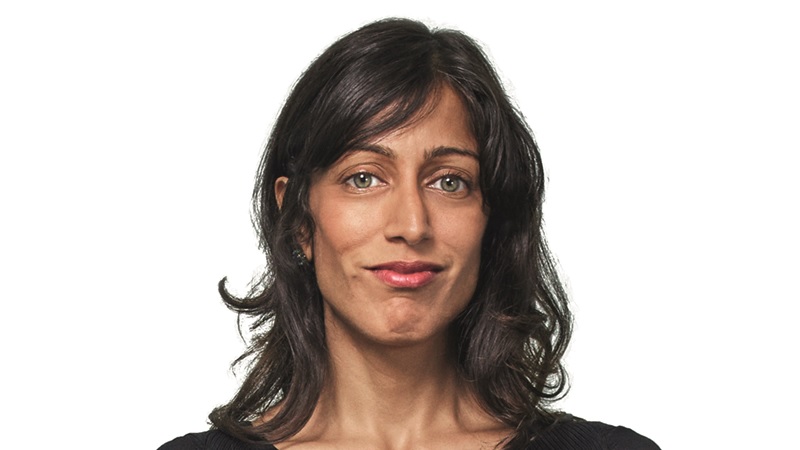Credit is being touted as a relatively more attractive asset class for income investors than equities as dividend cuts in the UK alone surpass £20bn.
Investors also point to the fact that being more senior in the capital structure has become more important in the current stage of the business cycle.
In the year to date, only 69 UK companies have stuck by their dividends, totalling £4bn, compared to 269 that have slashed £20.3bn worth of distributions for shareholders, according to AJ Bell data.
Before the coronavirus sell-off, the platform had forecast the FTSE 100 would pay out £91.1bn in dividends in 2020. The large-cap index represents £15.6bn of the dividend cuts so far.
Dividends slashed while coupons stick around
Janus Henderson fixed income manager Nicholas Ware reckons shareholders are going to “bear the pain” from the coronavirus fallout.
UK and European banking regulators pressured banks to cut dividends but maintained coupons on subordinated hybrid bonds and preference shares, Ware points out.
Although, bank bosses reportedly fought back with the Bank of England, the UK’s largest lenders eventually backed down and dropped £7.5bn worth of dividends at the start of the month.
The sacrifice of shareholder returns will persist as governments pick up the pieces from the coronavirus economic fallout, Ware reckons.
“The French government warned that it will withhold any financial support if a company pays dividends. Germany also said that you have to suspend returns to qualify for support from the state‑owned development bank KfW. Cancelling dividends does appear to be the political price to pay for any form of state or regulatory support.”
> See also: IA warns against unnecessary coronavirus dividend cuts as banks slash £7.5bn
How multi-asset portfolios are adding to credit
Multi-asset managers Portfolio Adviser spoke with had been adding to credit during the coronavirus sell-off.
The Aberdeen Standard Investments Myfolio range shifted from neutral to positive on UK, US and European investment grade credit between the start of February and April.
“We have added to investment grade government bonds over the past few weeks, feeling that they were the area post the sell-off that had offered adequate reward for the risk taken,” says head of research Richard Dunbar, whose team is responsible for the strategic asset allocation on portfolios.
High yield is less appealing to the ASI team as it prefers quality cashflows to support coupons, Dunbar says.
The Threadneedle Global Multi-Asset Fund, which employs equities, bonds and covered calls for income, has built a 4% position in high grade global corporate bonds during the coronavirus volatility.
The buying opportunities in investment grade are supported by direct purchase programmes from global central banks, says portfolio manager Maya Bhandari (pictured).
It is one of three shifts in the fund, alongside a 10% position in cash and flexing its covered call option strategy.
“In the immediate term, we might expect the sale of covered calls and our fixed income investments to contribute more than equity dividends, but we are not cutting stocks unless we think their position is permanently impaired,” Bhandari says.
> See also: Surging UK equity income fund yields set to fall back down to earth on scrapped dividends
Credit shows signs of outperforming at this stage of the cycle
Ware says the case for bonds is strengthened by the current stage of the business cycle.
“It is worth pausing to reflect on the fundamental fact that corporate bonds hold a claim on a company’s cash flow, which must be paid in order to avoid default and that debt holders have seniority over equity holders in any capital structure.”
Credit outperforms in the repair phase of the cycle, which follows a downturn, unlike the expansionary phase the markets had been in before coronavirus hit, he says, citing US data going back to 1995.
Tilney head of multi asset funds Ben Seager-Scott agrees credit makes a “compelling” case at this stage of the cycle.
“The risks of liquidity and solvency have been mitigated to some extent by the action of central banks and governments, which means that corporate bonds are looking reasonably attractive having potentially been oversold owing to excessive default concerns,” says Seager-Scott, though he adds some of the most leveraged and speculative firms “may well be wiped out”.
Income portfolios could become less risky if fixed income weightings increase
Dynamic Planner head of asset and risk modelling Abhimanyu Chatterjee says most portfolio managers he’s spoken are taking a wait and see approach due to the uncertainty around the virus and the lockdown, plus the fact trading costs have been high.
This passive approach has still had an effect on asset allocation.
“The balanced portfolios that are among our main clients are heavily weighted towards government bonds and low on equity just because of market moves,” Chatterjee says. “They have not physically done anything, it has just happened because of market moves.”
That would likely mean lower risk profiles for portfolios, he says, although Dynamic Planner, which rates around 1,500 multi-asset solutions, doesn’t yet have the Q1 data from its clients to confirm that.
Nonetheless, Chatterjee has his reservations about the asset class due to the proliferation of leverage, noting that at 322% of GDP global debt is 40 percentage points higher than at the onset of the 2008 financial crisis.
Seager-Scott describes the relative appeal of credit over income as a short-term view.
“Over the long-term, multi-year period that investors should be thinking about, solid companies are not only likely to be able to pay dividends but increase those dividends over time, something that bonds can’t do.” He points to Evenlode Income and Fidelity Enhanced Income as funds he currently likes for income.
The ASI Myfolio team has shifted from neutral to positive on US equities and Dunbar says parts of the UK also look attractive, although “care is merited” given the number of companies at the epicentre of the coronavirus fallout, such as banks, leisure and oil.











